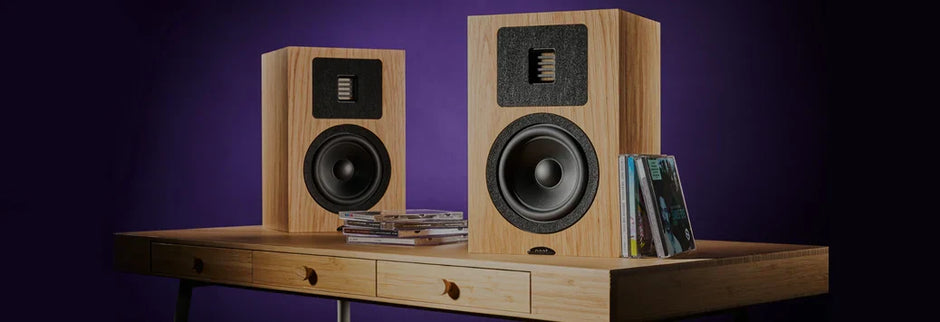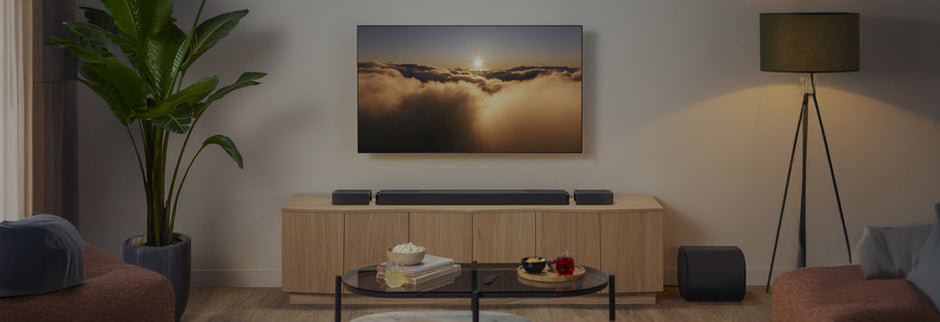
Have you always wanted a powerful sound system for your home theatre? Have you always wanted sound that will rock your home, even as it is of the highest quality? A good speaker system is, of course, an imperative, but for great, clear, and rocking sound what you need in addition to speakers, is an Audio/Video (AV) receiver.
The AV receiver is the brain or centre of your home theatre system. It does all the audio and video switching and processing and also provides power to your speaker system. You should choose an AV receiver that meets all your current needs, as well as meets the need of possible expansion in the future.
As mentioned, an AV receiver is the hub of a home theatre system, wherein it connects speakers with various components. It also handles a range of tasks including powering speakers, tuning radio stations, decoding signals for surround sound and switching between audio and video components.
The market is flooded with various AV receivers, though. So, what should you look for when buying an AV receiver? Read on...
1) Inputs and Outputs: The greater the number of inputs and outputs the more components you can connect. For example, you can connect a TV, speakers, an iPod and a gaming system. An AV receiver can accept sound signals from a TV via an input and send it to your speakers via an output.
You should ensure that not only do you have enough inputs and outputs, but that you have a few extra in case you want to expand later. Also, the kind of inputs and outputs are important. For example, the receiver should ideally offer digital connections, for better quality audio and video. Your receiver should also support HDMI cable to make the most of your high definition components.
2) Power: The greater the power of the AV receiver, the better the sound quality with the latter being detailed and dynamic. Higher sensitivity speakers need less power, and the AV receiver should also be powerful enough to accommodate both the speakers to which it is connected. Also, the larger the room, the greater the power needed.
3) Airplay compability: Airplay compatibility lets you wirelessly stream music from an iPhone, iPad or iPod Touch. It also lets you you stream music from digital applications like Pandora directly to the receiver. However, if you plan to play music on CD or even tape, you can skip this option.
4) Calibration: In case you're wondering what this is, it's simple! Many receivers offer automatic speaker calibration. This allows the receiver to automatically analyse and adjust the sound of connected speakers. The receiver can also determine speaker size and measure the distance from speaker to the listener. Calibration works for both surround sound, as well as a traditional two-channel home entertainment system.
5) Interface: When you buy an AV receiver, do look for an easily navigable display panel. You should play around with the display to ensure that you can easily navigate it and understand all the functions.
So, do keep these points in mind when buying an AV receiver. You can now approach your buying with a great deal less trepidation that before. Here's to rocking sound!







